Leadership symbols. Have you ever considered the thought-provoking question of which objects adequately symbolize the intricate construct of leadership? From the ubiquitous fountain pen, signifying decisiveness with each stroke, to the dynamic power of a classic pocket watch, representing the need for timely and efficient execution, it is fascinating how ordinary items can embody potent qualities of vision, direction, and motivation. In this carefully crafted essay, we explore the intricacies of diverse objects that encapsulate the very essence of leadership. So, what exactly is a symbol of leadership? Is it a shiny badge or a majestic throne? Well, not quite. A symbol of leadership is something that represents the essence, values, and aspirations of a leader. It’s a visual or tangible representation that inspires, motivates, and unites people under a common purpose.
Table of contents
- Introduction to leadership symbols and their importance
- Examples of leadership symbols from around the world
- 1. The Phoenix: A symbol of rebirth and renewal
- 2. The Dragon: A symbol of strength and courage
- 3. The Lion Tooth: A symbol of bravery and resilience
- 4. Thunderbolts: A symbol of control and mastery
- 5. Tabono: A symbol of unity and teamwork
- 6. Crown: A symbol of sovereignty and responsibility
- 7. Throne: A symbol of leadership and command
- 8. Rifle: A symbol of protection and security
- How to effectively use leadership symbols in your leadership style
- Conclusion: Selecting the right symbol to represent your leadership style is important
Introduction to leadership symbols and their importance
Undoubtedly, a leader’s symbol can communicate complex thoughts and inspire rapid action. This well constructed blog post delves at how symbols of leadership affect the actions of followers big and small. Symbols from all around the world, such as the sword, phoenix, dragon, lion’s tooth, lightning bolts, tabono, crown, throne, and rifle, all have significant connotations in their own cultures.
What do leadership symbols represent?
Symbols of leadership are concrete representations of the intangible traits that make a great leader. Inspiring, motivating, and nurturing a feeling of oneness within a company, they burst with the many values and attributes a leader possesses. These mysterious icons, such as the Sword, Phoenix, and Lion’s Tooth, bring to mind the traits essential to great leadership: unyielding strength, flexibility, and bravery. Nevertheless, selecting the appropriate symbol resonant with your leadership style and conveying the desired message to your team is paramount. The right symbol enables you to lead with purpose and authority, while the wrong symbol may confound and subvert your credibility.
The impact of symbols on individual and organizational behaviour
Because of their power to affect both individual and group behavior, leaders may employ symbols to motivate and bond their teams. Unexplained events may unite individuals. Leaders may employ symbols to inculcate and reinforce key values and myths. Symbols affect teamwork, task completion, and relationships. Icons chosen by leaders should reflect their own leadership ethos and the principles they want to teach in their teams.
Examples of leadership symbols from around the world
Leadership symbols from many cultures are intriguing and rich in meaning. Leaders wanting longevity, riches, and luck in Japan often choose the crane. African elephants symbolize strength, wisdom, and protection.
The US national emblem, the bald eagle, symbolizes independence, insight, and bravery. These emblems show how symbols can unite leaders and followers and generate shared beliefs.Effective leaders choose a symbol that matches their style. Successful leaders must examine it since it affects individual and corporate behavior.
1. The Phoenix: A symbol of rebirth and renewal

The Phoenix, a mythical bird with deep roots in history and folklore, is a powerful symbol of rebirth, metamorphosis, and revitalization. As was said in the beginning, symbols are a significant tool for leaders due to the influence they have on followers’ and the group’s behavior. Because of its unquenchable will to live, the Phoenix has become a symbol of transformation and tenacity. To their followers, leaders who adopt the Phoenix symbol may be communicating a sense of progress, renewal, and hope.
The importance of a symbol that reflects the character of the leader is emphasized here. Using the Phoenix as a metaphor in change management may convey a strong message that obstacles and setbacks may be transformed into development and progress provided the appropriate mentality is maintained by the leader. This is congruent with a culture that promotes growth and development via regular evaluation and introspection.
2. The Dragon: A symbol of strength and courage
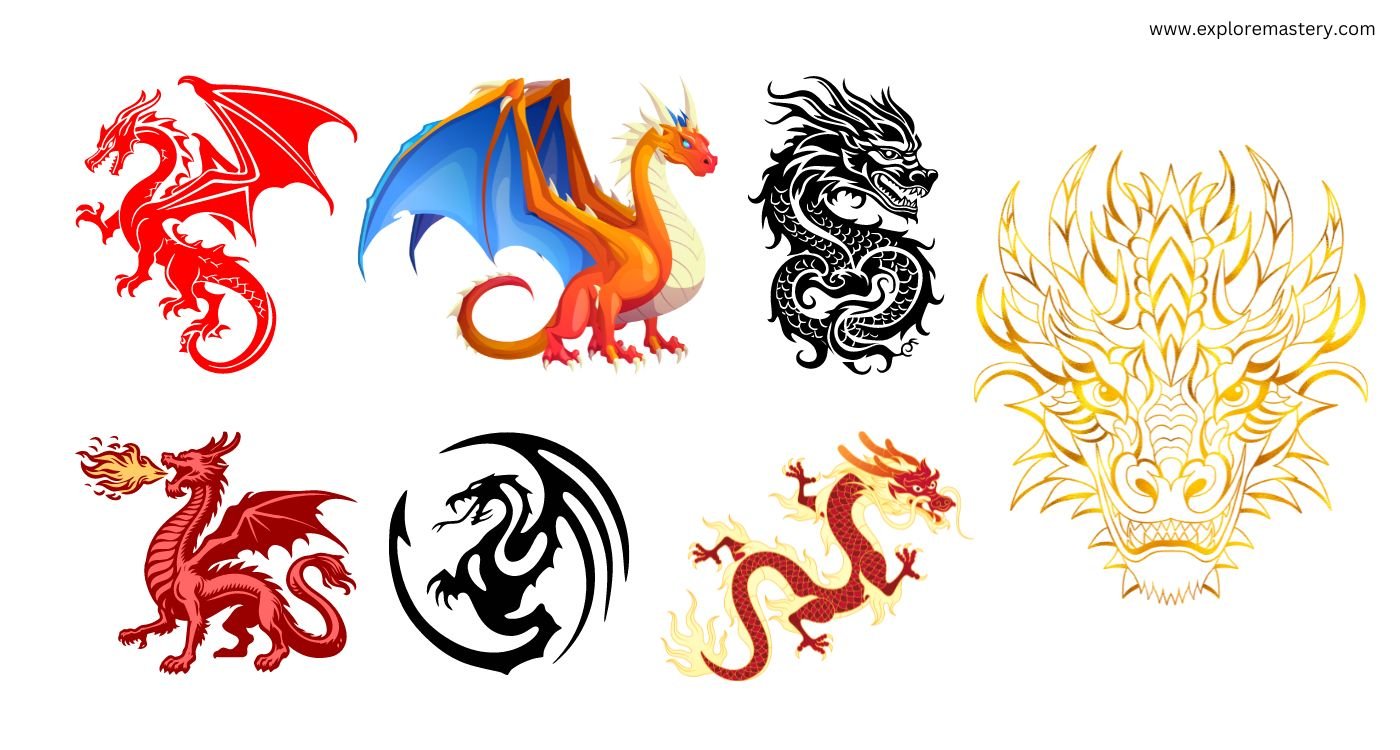
Dragon-spirited people are ambitious, forceful leaders with strong personalities.
Due of their ability to persevere in the face of adversity, dragons are widely regarded as emblems of strength and bravery.The dragon represents the confidence, determination, and strength that are prized by leaders. Leadership exemplified by the dragon motivates followers to work together and makes rapid headway toward lofty objectives.
3. The Lion Tooth: A symbol of bravery and resilience

Lions’ fangs have traditionally been a sign of authority. Lions are admired for being fearless and dominant in the wild. The teeth of a lion stand for the strength and courage of a leader.From the sword to the phoenix to the dragon to the thunderbolts to the tabono to the crown to the throne to the rifle, this site has discussed a wide variety of symbols of leadership. One’s ability to lead may be greatly improved by choosing a symbol that accurately represents their own leadership philosophy.
4. Thunderbolts: A symbol of control and mastery
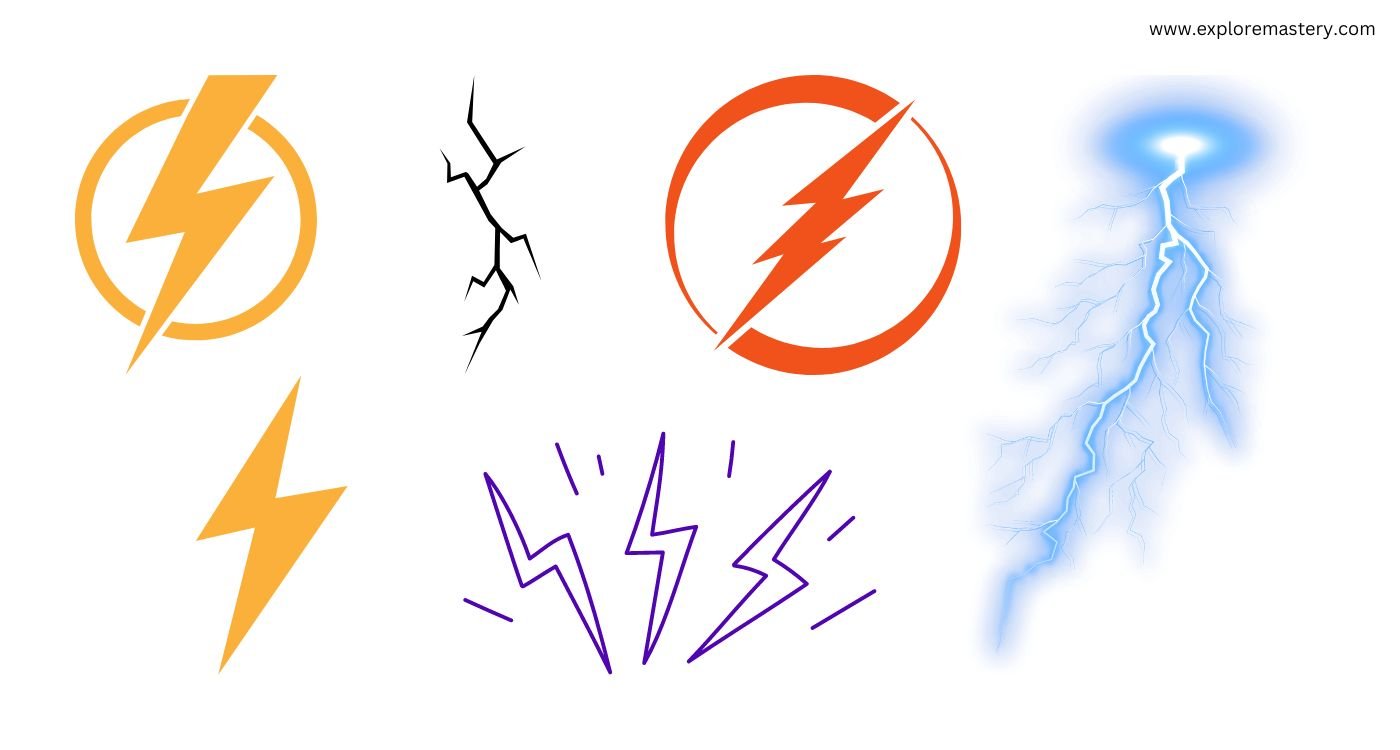
For ages, thunderbolts have stood tall as an emblem of unwavering might and supremacy, embodying the ability to sway and guide the actions of others. Across the tapestry of time, they have served as a wellspring of inspiration for followers, a rallying point that unites a collective towards a shared aspiration, akin to numerous other symbols of leadership. Woven into the fabric of mythology, thunderbolts have assumed the mantle of authority for iconic figures such as Zeus and Thor.
In the realm of politics, this emblem has been deftly wielded to underscore the necessity for stability and structure, a conduit through which the notion of reigning over tumultuous forces is artfully conveyed. When harnessed judiciously, the thunderbolt becomes a formidable instrument, capable of nurturing team spirit and honing focus on organizational objectives.It is incumbent upon leaders to select symbols that not only mirror their individual essence but also resonate deeply with their teams. When an ensemble of such impactful symbols converges, a more compelling portrayal of leadership takes shape, kindling the flames of collective endeavor and propelling followers towards a shared destiny.
5. Tabono: A symbol of unity and teamwork
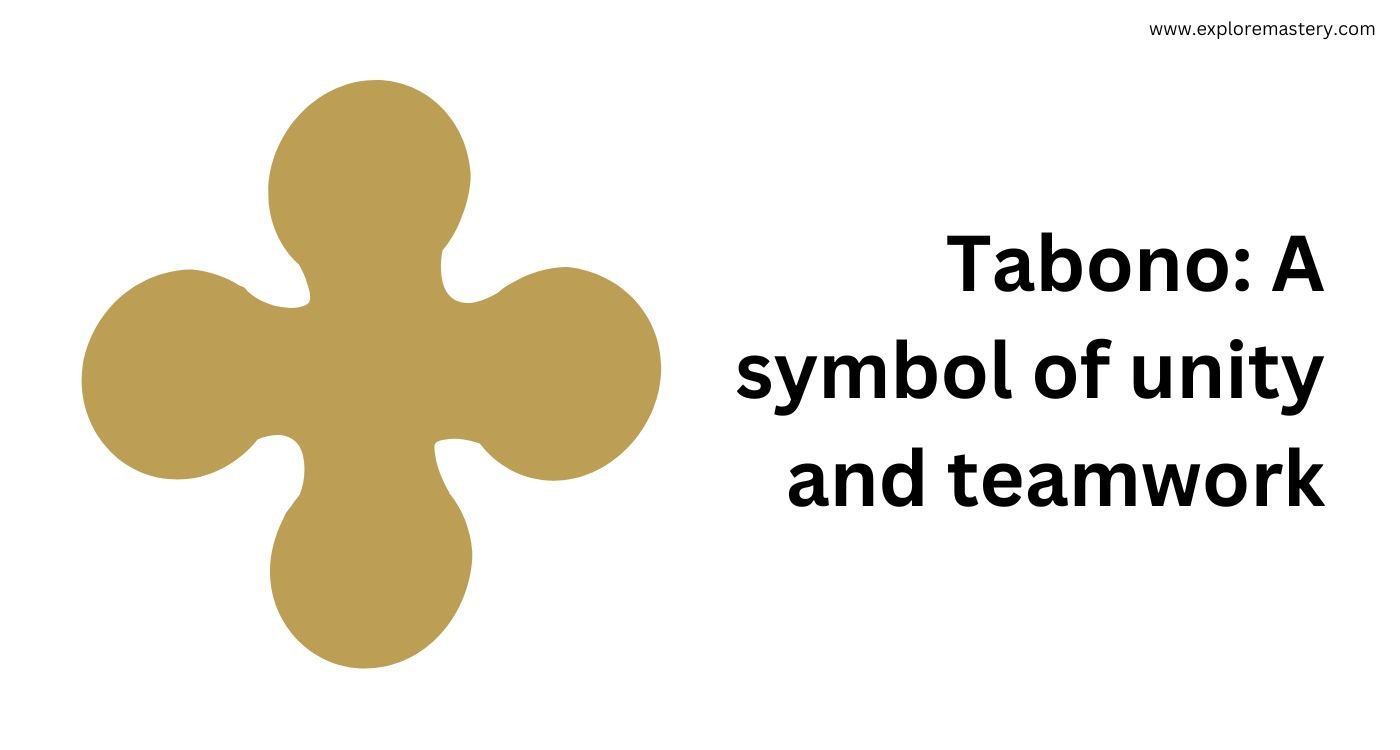
Shifting focus to an alternate emblem of leadership, the Tabono emerges as a paragon of unity and collective synergy within the realm of guidance. This emblem, hailing from West Africa, boasts an intricate design of four interconnected oars, each a testament to leadership’s fusion, driven by a common objective. It eloquently underscores the undeniable verity that triumph eludes the solitary grasp of a leader; the scaffolding of accomplishment rests upon the bedrock of collaborative effort. A resounding message resonates from the Tabono—a leader’s compass is calibrated not by an isolated pursuit, but by the orchestrated dance of companionship that propels them toward the pinnacle of their aspirations.
The Tabono reverberates as an unobtrusive yet profound herald, imparting the wisdom that a leader’s true mettle is honed amidst the tapestry of collective endeavor. As reiterated earlier, the implementation of symbols casts a substantial ripple upon both individual comportment and organizational ethos. By artfully weaving the Tabono into the fabric of one’s leadership ethos, an environment ripens where the seeds of teamwork, partnership, and concord flourish unimpeded, blossoming into a culture that nurtures shared triumphs and orchestrates symphonies of cooperative achievement.
6. Crown: A symbol of sovereignty and responsibility
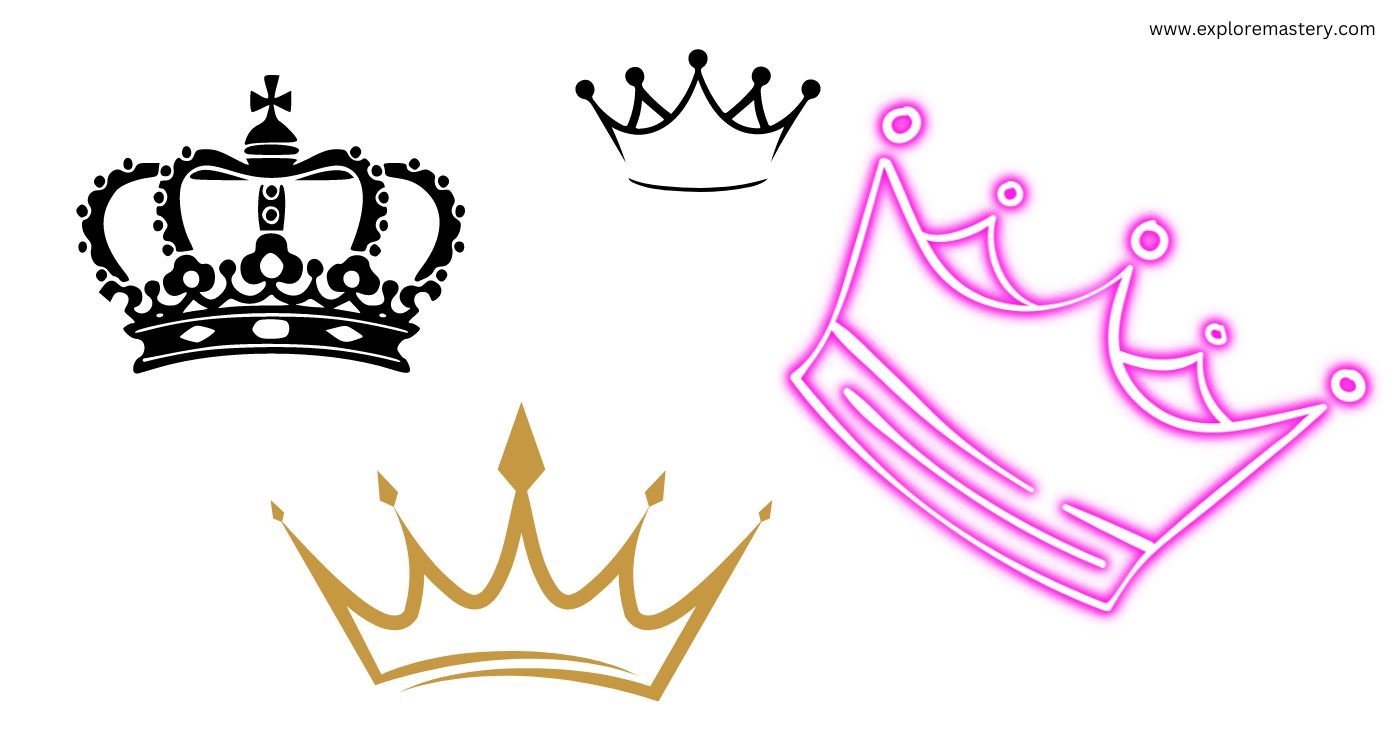
The crown, an iconic emblem spanning myriad cultures, commands attention as an archetype of leadership, encapsulating dominion and answerability.More than mere adornment, it is the centerpiece of triumph, the paragon of attainment that kindles desire within regalia and official ensigns. The crown, as a symbol, reverberates with the resonant notes of obligation for those who stride in leadership’s footsteps. It unfurls the tapestry of accountability, a weighty mantle woven from the fabric of privilege, serving as a sentinel, a constant herald of the imperative to wield bestowed authority with sagacious discernment.
For it is the symbol that orchestrates the choreography of organizational ethos and the melody of team morale. A meticulously chosen symbol, such as the crown, resonates as an unspoken language, shaping behaviors and nurturing a tapestry of unity. Thus, the selection of a symbol, like the crown, reverberates as an art form that echoes beyond mere aesthetics, permeating the very fabric of leadership and catalyzing the collective soul of a team.
7. Throne: A symbol of leadership and command
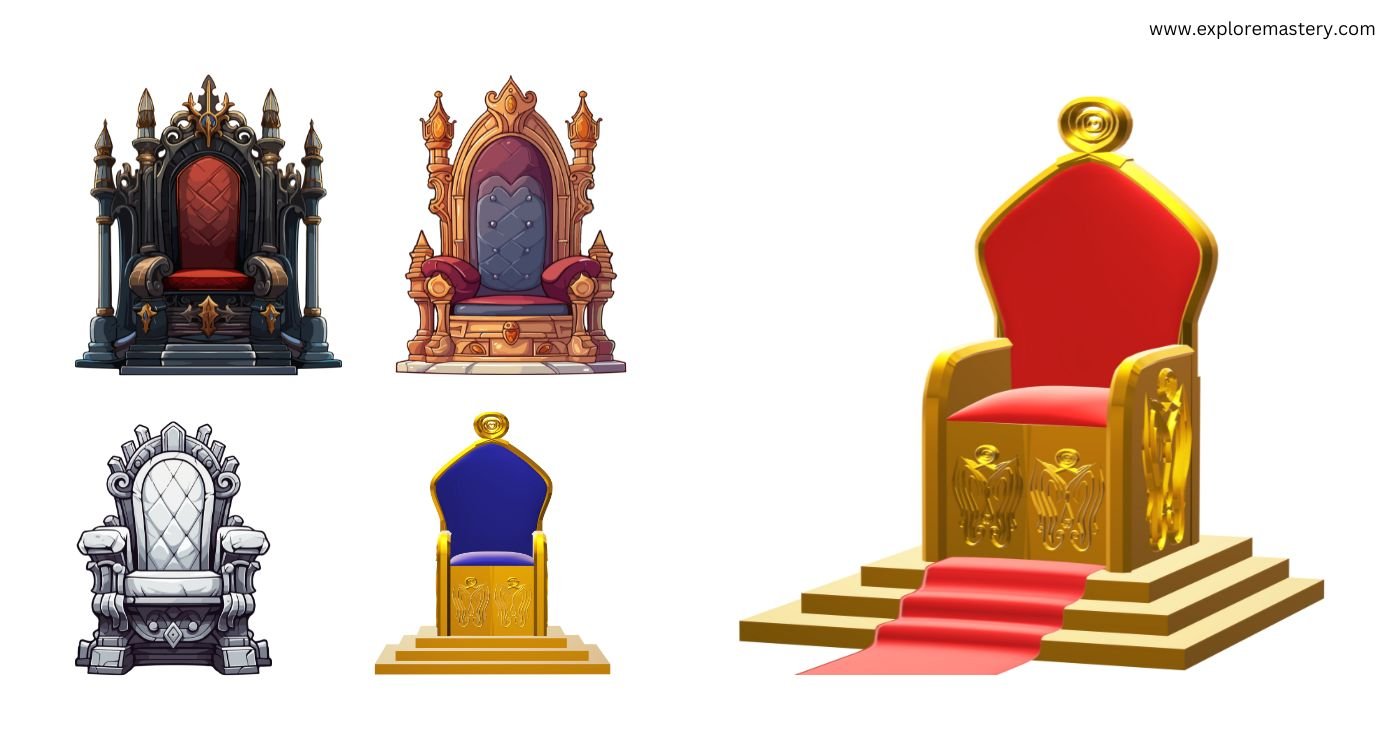
The throne, an embodiment of leadership’s zenith and unassailable dominion, emerges as an archetype beyond the grasp of ordinary reckonings. Its very essence, steeped in the annals of monarchies, crystallizes the image of an individual sovereign, an unequivocal maestro, who commands the fates of their realm. This sacred seat reverberates as a testament to the vestiges of power, its regal contours interwoven with the fabric of sovereignty and the duty-bound yoke of accountability. Within the sanctuary of its embrace resides the ethos of “here rests the culmination,” an axiom that weaves itself into the identity of those who ascend the throne.
As a symbol of leadership, the throne takes on the mantle of sentinel, a resolute proclamation that the leader reigns supreme, their aegis unassailable in the crucible of decision-making. The throne, a tableau of command, unveils the leader’s visage as arbiter, a virtuoso who conducts the symphony of their following. When deftly harnessed, its potency etches an aegis of trust and assurance, an elixir that nurtures a bedrock of confidence within the hearts of the led, sowing the seeds of camaraderie and fidelity.
In the grand tapestry of leadership, the choice of symbol weaves an indelible legacy, a motif that shapes the narrative of team allegiance and shared aspirations.
8. Rifle: A symbol of protection and security
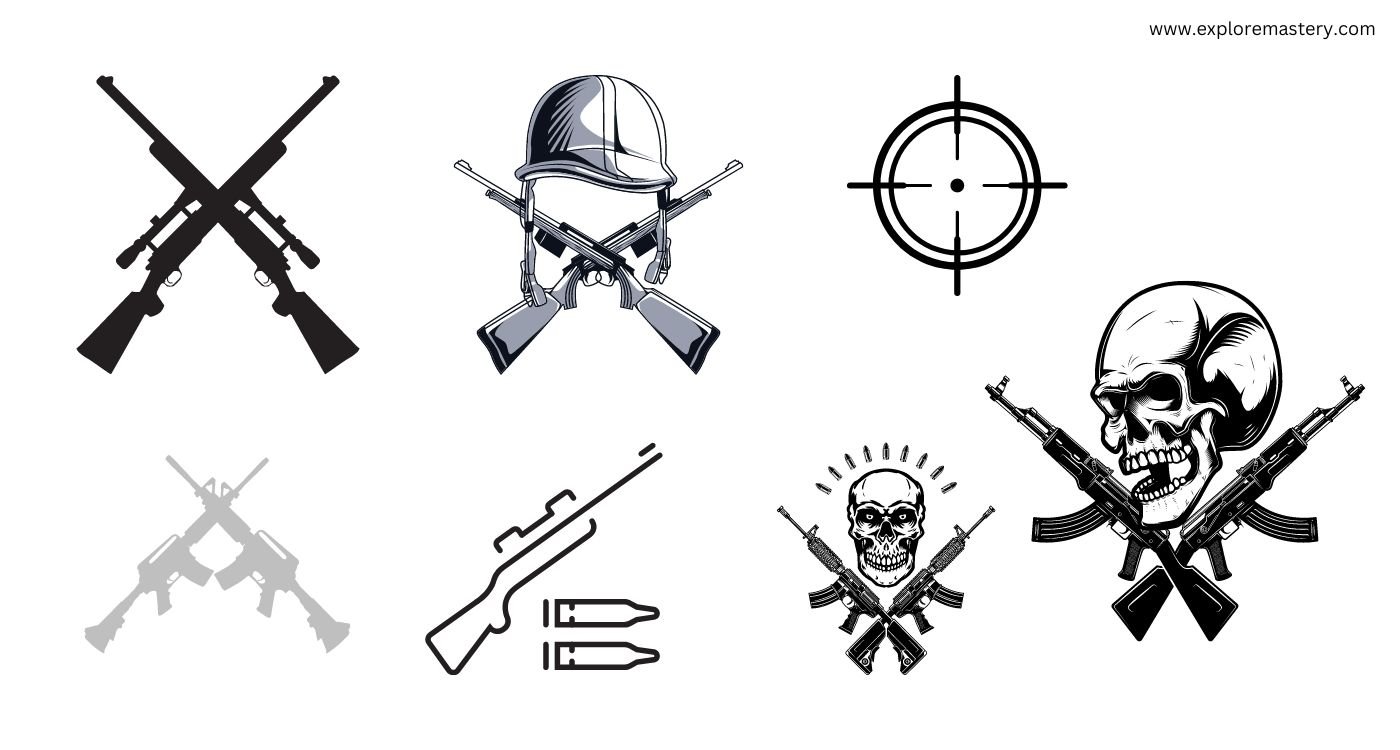
The rifle, a paradigm beyond its utilitarian design, morphs into a sentinel of preservation and sanctuary. It assumes the mantle of a symbol, not just a weapon, but a bastion of shield and reassurance. As an emblem of leadership, it bequeaths the mantle of guardianship upon those at the helm, a sacred trust to enshroud their charges in aegis and tranquility. The rifle unfurls as a vanguard, a steadfast sentry, poised to thwart external shadows and weave the fabric of law and serenity.
Imbued with valor in the crucible of adversity, the rifle becomes an embodiment of audacity in the visage of peril, a clarion call to stand resolute against the tempestuous tide. It whispers tales of resolve, echoing a leader’s willingness to marshal action, to erect a bulwark that shelters their followers from the maelstrom. In the hands of a leader who embraces its essence, the rifle burgeons as an emblem of sacrifice, of a commitment that knows no bounds when safeguarding the sanctuary of those who follow.
In this symphony of leadership, symbols etch themselves as indelible notes, an ode that resonates through the corridors of thought and action. The rifle, when artfully wielded by a leader who comprehends its resonance, sews seeds of allegiance and kindles beacons of trust. It thrums with the power to sculpt behavior, a rhapsody that, when harmonized with understanding and intent, elevates to a crescendo of assurance and fealty.
How to effectively use leadership symbols in your leadership style
The art of leadership lies in the harmonious fusion of chosen symbols and ingrained values, an alchemical blend that propels the vessel of leadership toward the shores of success. As reiterated earlier, symbols are no mere ornaments; they possess a currency of meaning that shapes the very contours of individual and collective conduct. In this symphony of leadership, the choice of symbols becomes a symposium of intent, a rudder guiding the ship of behavior towards the harbor of accomplishment.
Thus, the vanguard of leadership lies in the sagacious selection of symbols that resonate with the tenets of one’s values and the aspirations of their leadership odyssey. Akin to a conductor meticulously curating the notes of an opus, leaders must discerningly craft an ensemble of characters that will orchestrate the desired cadence of actions and responses. Each symbol, a brushstroke upon the canvas of ethos, must inspire a chorus of affirmative behaviors, steering the shipmates of the team towards the zenith of triumph.
However, the symphony requires more than mere notes to weave its magic; the maestro must also possess the artistry to wield the baton skillfully. Symbols, though potent, are but instruments in the hands of the conductor. The true symphony unfolds when a leader weaves their chosen characters into the tapestry of communication, when symbols dance upon the stage of surroundings, and when storytelling breathes life into the narrative of purpose. This orchestration shapes the beholder’s perception, casting a spell that bridges intention with action.
Conclusion: Selecting the right symbol to represent your leadership style is important
Crafting a narrative that resonates and ignites collective purpose hinges upon a choice profound yet nuanced: the selection of a leadership symbol that mirrors one’s essence and ethos. As illuminated in the discourse, these symbols burgeon with significance, each possessing a symphony of meaning that, like ripples in a pond, shapes the contours of culture and conduct. The alchemical fusion of symbol and identity breathes life into communication, a tapestry of shared resonance that galvanizes a mission.
The chosen emblem, a beacon and emblem, threads the narrative of unity. It etches pathways of understanding, underscoring the tapestry of shared aspirations and aspirations. Through its prism, the team converges, for it bears the essence of goals and values, whispered in every thread that weaves the fabric of the collective. This symphony of symbols, deftly choreographed, surges as a unifying force, a clarion call that harmonizes efforts toward the zenith of purpose.
Yet, like the stars that grace the night sky, a symbol too stands as but one facet of leadership’s constellation. A symbol, though potent, must walk hand in hand with the conductor’s baton of competence and conduct. The crescendo of effective leadership finds its zenith when symbols are embraced not as mere artifacts, but as resonant companions to the cadence of skills and actions.
In summation, the art of selecting and utilizing a leadership symbol mirrors a symphony that speaks to the very core of shared endeavor. Its cadence, when synchronized with the heartbeat of a leader’s mettle, conjures an elixir of cohesion that orchestrates the journey toward collective triumph. In this alchemy, a potent narrative of unity unfolds, bolstering teamwork and fanning the flames of achievement towards the firmament of organizational goals.



